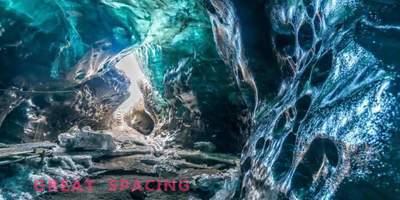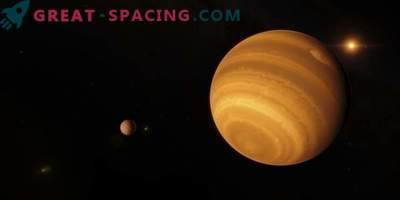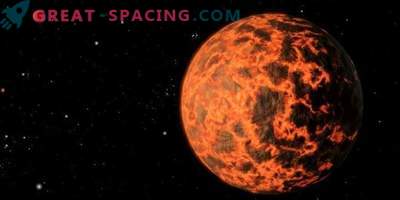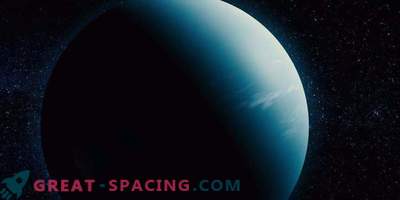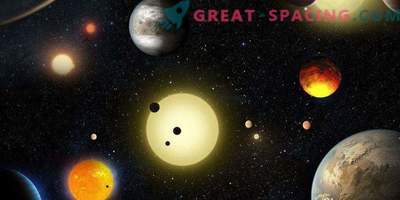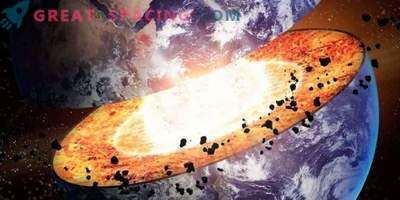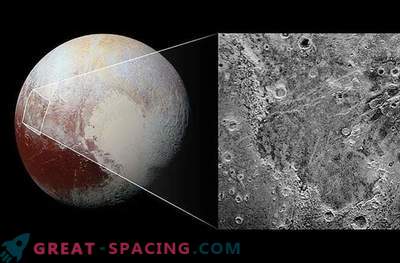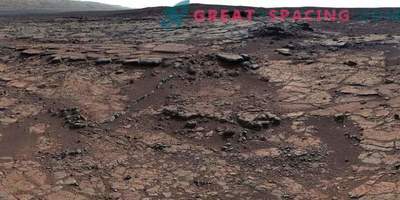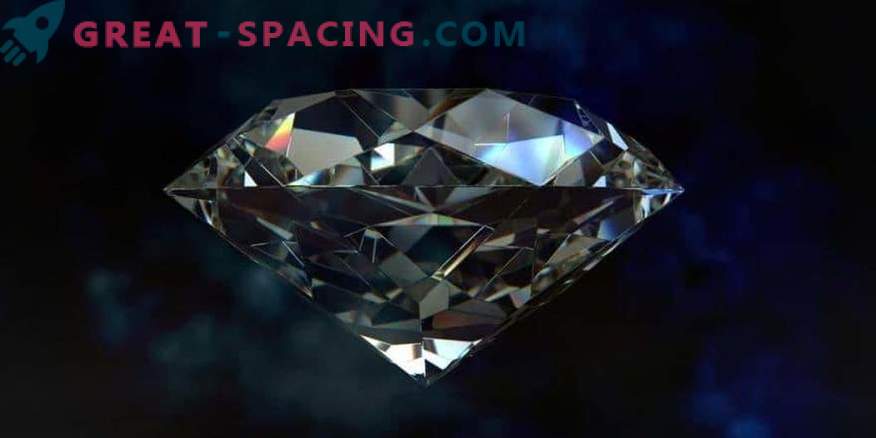
The experiment should simulate the conditions observed inside the ice giants of our system. In the process, for the first time, researchers were able to examine diamond rain created at a high pressure indicator. At the same time, hydrogen and carbon are compressed, forming solid diamonds slowly falling into the depths.
Bright precipitations are believed to be 5,000 miles below the surface of Uranus and Neptune. These planets are similar in their internal structure: dense cores around which thick ice is concentrated.
Scientists modeled the environment by creating shock waves with an optical laser. They noticed that each carbon atom became part of a small diamond structure, extending a few nanometers wide. On real planets, they will be much more (weighing a million carats).
There is also an assumption that after thousands of years, diamonds slowly sink into the ice layers and form a dense layer around the core. Early experiments failed to capture change in real time, because it is impossible to recreate such extreme conditions.
Transformation of plastic into diamond
Plastic mimics compounds of methane with carbon and four hydrogen atoms (this creates the blue color of Neptune). In the intermediate layers of ice giants, methane forms hydrocarbon chains, which hypothetically should react to a high rate of pressure and temperature, forming diamonds.
The laser produced a pair of shock waves, combining the right temperature and pressure. When the waves overlap, the pressure comes to a peak and it is at this point that most of the stones are created.
Nanodiamonds in action
When reviewing exoplanets, scientists manage to calculate the mass through oscillation and radius from the shadow created by the passage of the planet in front of a star. But these data do not reveal the chemical composition. Diamond rain can be an additional energy source.
We do not have the opportunity to look inside the planets, but the simulation helps to check various guesses. Also, this experiment allows us to better understand the process of star fusion, where hydrogen combines to create helium.
